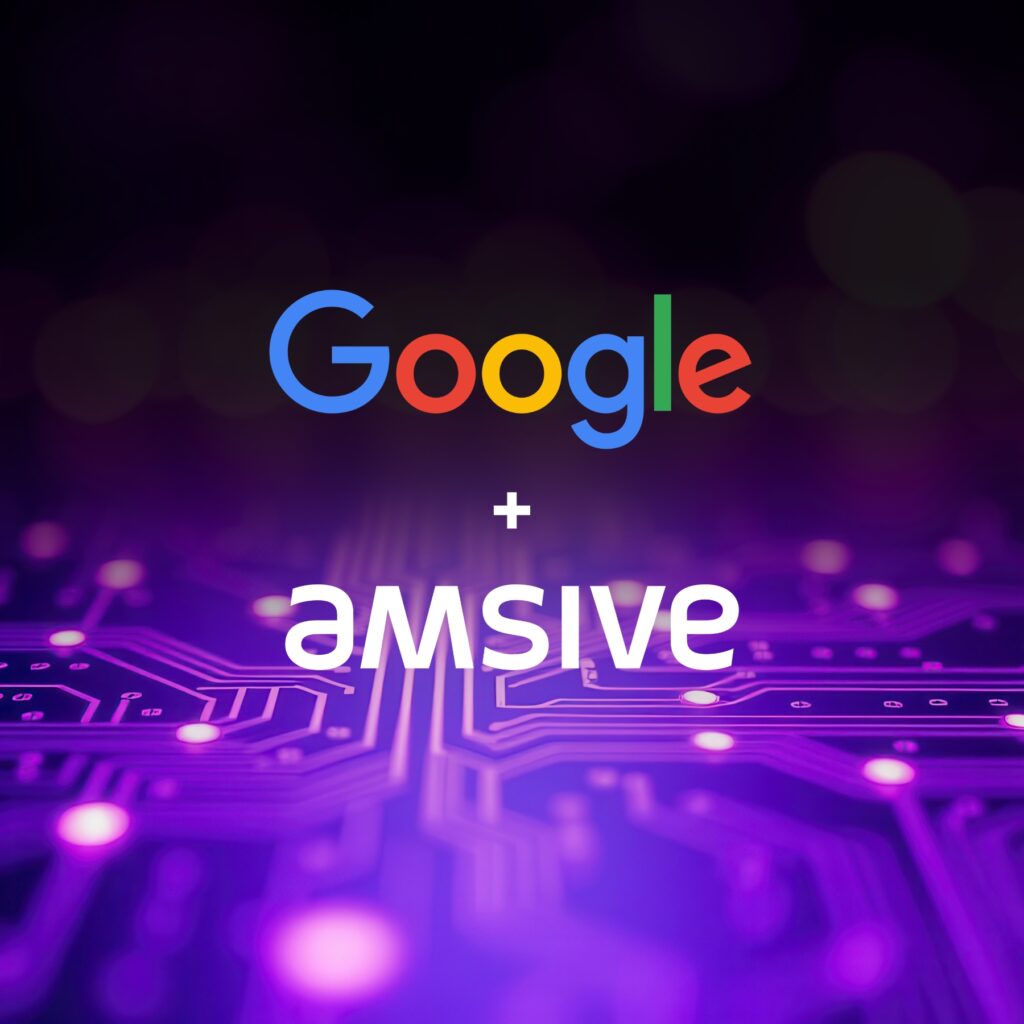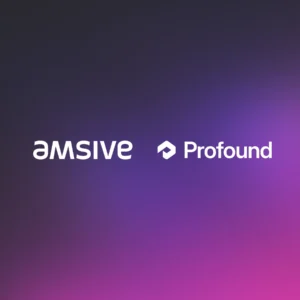Is traditional marketing dead? Making the most of traditional tactics in a digital world.
Traditional marketing isn’t dead. While some may not initially consider it alongside newer, digital-based tactics, techniques like direct mail are still relevant. Here’s why traditional marketing is still important and how to integrate both traditional and digital marketing[amsive_tooltip term=”digital-marketing”] methods into your campaign.
The Rise of Digital Marketing
Digital marketing involves using the internet and other digital mediums to promote your products and services. Some of today’s most commonly used channels include:
- Social media
- Email marketing
- SEO
- Content marketing
- Video
With roots going back decades, digital marketing has evolved dramatically over the last few years. It has gone from basic banner ads[amsive_tooltip term=”banner-ad”] to social outreach, to rudimentary SEO techniques. Now, digital marketing has become incredibly sophisticated with brands able to use cutting-edge technology like artificial intelligence[amsive_tooltip term=”artificial-intelligence”], analytics, and personalization to reach their audience constantly.
And growth in digital marketing isn’t slowing down. According to a 2020 survey by ReportLinker, U.S. digital advertising and marketing was worth $87.1 billion in 2020, and by 2027, it’s projected to total $139.3 billion.
Why Traditional Marketing Is Still Important
The advent of digital marketing doesn’t eclipse traditional methods. Traditional marketing plays an integral role in the success of many brands. Not only is it still relevant, but it’s also extremely important for businesses to use it for a variety of reasons.
- The digital marketing realm has become rather saturated. Brands across many industries have gotten wind of the results they can achieve through a digital audience, and in turn, there’s a high level of competition. Not only can it be more difficult to rise above “the digital noise,” it can be costly, prompting businesses to funnel money into these campaigns to keep up with the competition. Traditional marketing, on the other hand, offers affordable options. For example, business cards, flyers, and banners can be produced according to a variety of budgets, and can still reach a large consumer base.
- Traditional marketing naturally stands out. While a consumer could easily “tune out” a digital ad, traditional marketing is often more palpable. When done right, this can help make your campaign memorable and allow it to resonate with a large percentage of your audience.
- Many people enjoy the experience they get with traditional marketing. Take direct mail, for instance. 73 percent of American consumers say they prefer for brands to reach out to them through direct mail[amsive_tooltip term=”direct-mail”] because it’s something they can hold in their hands and read whenever they want. Research has also found that it takes 21 percent less cognitive effort to digest direct mail than digital content, which means it’s easier for prospects to absorb the information.
The Benefits of Combining Traditional & Digital Marketing
Research indicates that it’s ideal to use a combination of traditional and digital marketing techniques, and doing so should help your campaign achieve maximum impact. Combining the two strategies allows you to cast a wider net and reach a larger percentage of consumers. In fact, many of today’s marketers experience great success incorporating direct mail into their digital marketing campaigns.
This can also help you achieve better audience segmentation and targeting. Rather than limiting your marketing campaign to one medium, a combination creates a framework where you can zone in on small and even micro-segments. You could, for example, use direct mail to connect with your audience demographic that enjoys absorbing information offline, not on a screen, and use email to reach those that prefer digital.
You can use these two complementary mediums for retargeting purposes. An example could be using marketing analytics to monitor website browsing activity and gauge customer intent. Whenever a lead shows a strong interest in one of your products, you could then send them direct mail shortly after that elaborates on the product and provides an attractive offer. By leveraging the power of traditional and digital marketing like this, you can create a highly personalized experience that massively boosts your ROI[amsive_tooltip term=”return-on-investment”].
How to Integrate Traditional & Digital Marketing
Here are some specific ways to use both forms of marketing for your business:
- Develop customer personas with detailed demographic information so that you’ll know how to best reach different segments of your audience.
- Create a customer database using a CRM[amsive_tooltip term=”CRM”] platform to store contact information for digital outreach and traditional outreach leads.
- Include your website on direct mail marketing to connect your offline presence with your online presence.
- Get featured in physical and digital magazines to maximize your exposure. Publications may offer advertising in both traditional print and digital versions of their magazines.
- Create banner ads in newspapers and online. You may not get the same level of attention in a newspaper as you would online, but if it reaches one of your customer personas, it’s a worthwhile investment.
- Place links to your social media accounts in offline ads. This gives prospects a quick and easy way to find you on Facebook, Instagram, and other networks and can help bridge the gap between the offline and online worlds.






